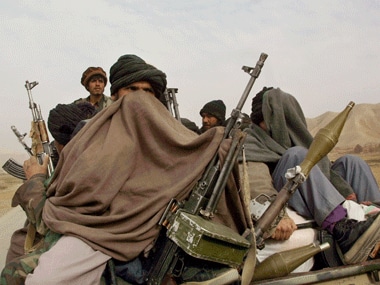By: Andrew Devereux
On August 10, one police officer was killed and six civilians were wounded in al-Fuheis, Jordan when an IED detonated near a police vehicle (Alaraby, August 11). The attack prompted a swift response from the security forces, which identified the suspected perpetrator’s hideout in al-Salt. Five security personnel were killed during a siege of the property the following day. The building was ladened with explosive tripwires, and the terror cell engaged Jordanian state forces in a gun battle. Authorities arrested three suspected jihadists after the siege, and the bodies of five others were identified in the rubble of the building (Asharq al-Awsat, August 13).
Despite its proximity to Syria and the Islamic State’s proto-state, Jordan has been spared the frequent jihadist attacks which have punctuated the Middle East since the Islamic State (IS) began seizing population centers in 2014. The most notable incident was the armed raid of Karak Castle in December 2016, in which 14 people, including four attackers, were killed (Jordan Times, December 18, 2016). While fatal attacks have been rare, reports of the security forces arresting suspected jihadist sympathizers have been more common. In January 2018, the security forces announced they had dismantled a terrorist cell which was buying bomb parts and staking out potential targets in Amman (Jordan Times, January 8). The aggressive operations of the jihadist cell have raised concerns of a resurgence in terror attacks in the Hashemite Kingdom.
Sleeper Cells











/arc-anglerfish-arc2-prod-mco.s3.amazonaws.com/public/GJSGDKUTVJGC3DXQDALKNE7WFI.jpg)
/arc-anglerfish-arc2-prod-mco.s3.amazonaws.com/public/MFY4ZF6MFJGN3PVDASD2IU3VRE.jpg)


/arc-anglerfish-arc2-prod-mco.s3.amazonaws.com/public/2IHYPSAVP5C37AQCXSG2QTXZDM.jpg)